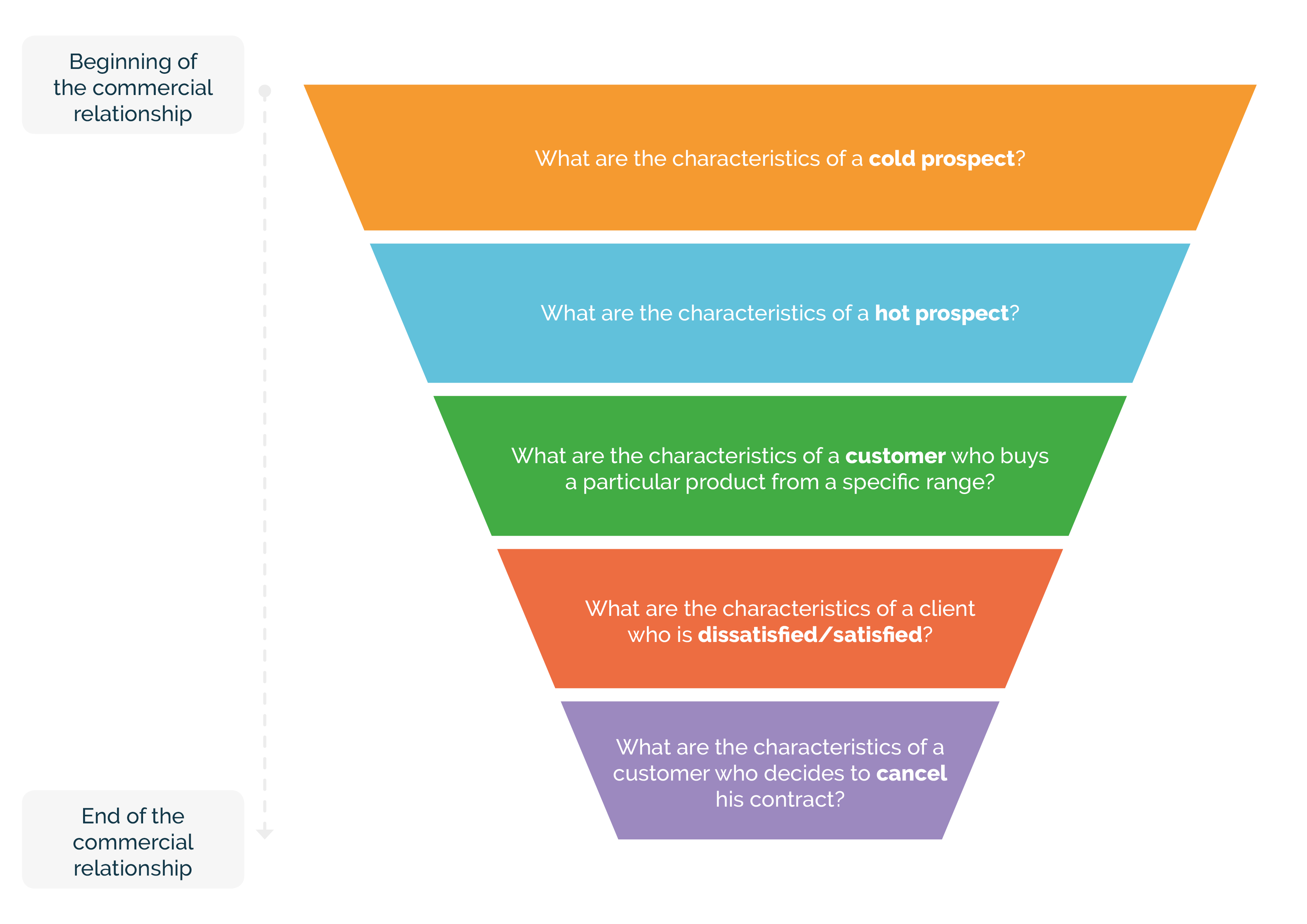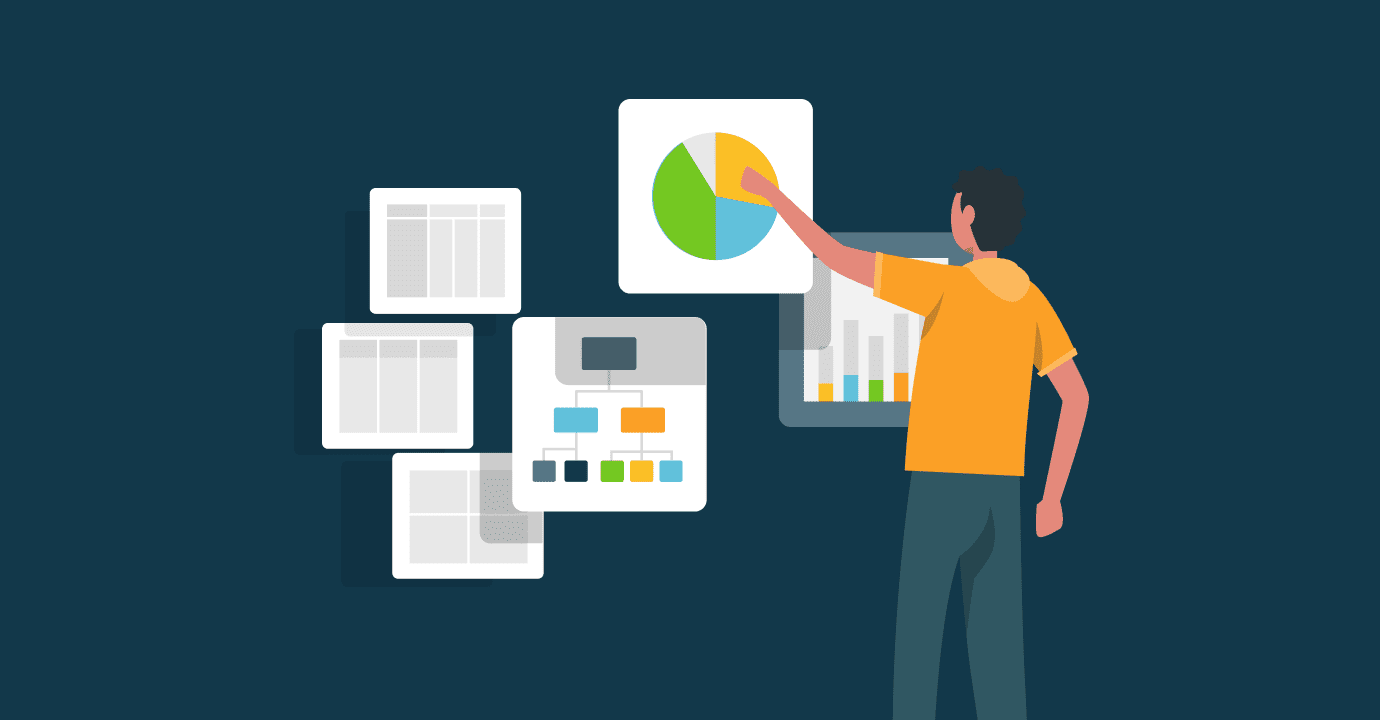Predictive marketing: how to anticipate your customers’ needs?
It is not a secret: consumer expectations are continually changing. These evolutions are due, in part, to the emergence of new technologies which accelerate the notion of time and, therefore, developments. In this context, how can we anticipate changes and provide the right solution to the right customer at the right time?
While technologies offer benefits to consumers, they are also beneficial to businesses. This is what we will discover in this article with the concept of predictive marketing.
The principles of predictive marketing
Between Big Data and new technologies
Predictive marketing is a recent concept, which has emerged following the development of new technologies such as Big Data. At this time, two factors are triggering the birth of predictive marketing:
- companies realise that they are massively collecting data, but it is not being used to its full potential,
- the power of digital tools offers new opportunities, particularly in terms of data analysis and processing.
From that moment, entities see the need to go further in the analysis and exploitation of customer data, as it could be a competitive advantage.
Imagine if you could anticipate your customers’ needs and know what they are going to want tomorrow, even before they have expressed it. This is what predictive marketing is for.
According to Forbes, predictive marketing includes techniques for analysing customers and prospects’ behaviour to anticipate their future needs, based on their past and present behaviour.
In practice, the use of predictive marketing is based on algorithms, Machine Learning tools and scoring tools. These tools are programmed to send automatic alerts when they observe a combination of criteria defined in your database.
Example: you have decided to receive an automatic alert in your CRM when one of your prospects visits your website three times (factor 1) and is located in France (factor 2) because you have defined that, in this case, they should be contacted by a sales representative. When the system detects the combination of these factors, then an automatic alert is sent.
In this example, we only have two factors. In reality, the possibilities are unlimited. You can now understand that the opportunities offered by predictive marketing are significant.
According to a report published by Forrester, 57% of companies that have made investments in predictive marketing indicate that they generate higher conversion rates and, therefore, a higher ROI.
Analytics in the service of predictive marketing
Predictive marketing is a method related to predictive analysis and data mining. That’s why it is essential to have tools for collecting, segmenting and analysing your customers’ data.
If you have the right tools, the benefits generated can be considerable. To maximise your profits, it is recommended to model the automatic alerts that you want to see in your business tools based on your financial objectives. We suggest that you model the factors that trigger alerts with your customer journey and your conversion funnel. In this step, try to answer this type of question “What are the characteristics of a customer/prospect who… (your business objective).” You will be able to list all the factors and behaviours to include in your predictive marketing strategy and target the events that need to be notified automatically.

Avoid being overwhelmed by an irrelevant amount of data, and focus on your funnel to get started. The objective is to determine the combinations of factors to include in your automatic alerts so that you can then set them in your tools.
Some examples
In practice, how do companies use predictive marketing? Here are two examples.
Netflix
Netflix‘s model is firmly based on a predictive marketing strategy. If you have already used the platform, you may have noticed that it proposes films and series for you to watch. These suggestions are made according to your preferences and what you have looked previously, thanks to an algorithm. The aim here is to build customer’ loyalty by recommending products adapted to their preferences.
According to a report published by the brand, this practice would have considerably reduced the churn rate of users and, consequently, increased the average duration of their subscription.
The company also says that predictive marketing, through personalisation and recommendations, is saving more than $1 billion per year. At the same time, the brand is continuously improving its algorithm.
Amazon
Amazon also uses predictive marketing to support its business objectives. When you consult products on their website or mobile application, the brand suggests products based on several factors, including the pages you have seen, the time spent per page viewed, your purchases made in the past, the items you have put in your shopping bag but abandoned, etc. Amazon’s algorithm is particularly advanced and takes into account a considerable number of factors. It also has the particularity of comparing the purchasing behaviour of one user with another to find preferences that would potentially be common and to make recommendations such as “you might also like a particular product.” According to a study by McKinsey & Company, 35% of purchases made by Amazon customers are based on a recommendation driven by the algorithm.
These two large companies have powerful technologies that allow them to improve the performance of their predictive marketing strategy. Not many companies have the resources to have such powerful tools. Still, it is possible to get inspired by these examples to deploy predictive marketing actions in your company on a lower level, with more accessible technologies such as automatic scoring.
As you discovered understood, the key factor for the success of an excellent predictive marketing strategy is your data strategy. Make sure you have the tools to collect, segment and analyse your data ahead.
Would you like to find out how Europe’s leading companies collect, segment and use their data? We show you in this ebook!








